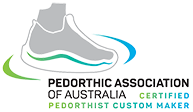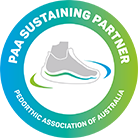Custom Orthopaedic Footwear Process
Custom Orthopaedic Footwear Process
Custom-made orthopaedic footwear is a key service in a pedorthist’s practice, involving patient-centre care along with working within a specified design envelope to create footwear that provide support, alleviate pain, and correct various foot disorders.
The process typically involves several key steps:
Use the arrow above to scroll between steps
The journey begins with a comprehensive consultation with our pedorthist. This includes a review of the patient's medical history and discussion of their specific foot-related challenges, lifestyle needs, and any concerns. This step is crucial for understanding the individual's daily routine, occupational demands, and personal preferences, ensuring that the footwear solution is tailored to their life, as well as their foot care needs.
A thorough examination of the patient's feet is conducted, focusing on identifying unique foot structures, any deformities, and specific alignment issues. This process is collaborative, with patients encouraged to express any discomfort or peculiarities they experience in their feet.
We use both modern and traditional measurement tools to take precise measurements. A highly accurate 3D-scanner is used to collect data, including measurements and imaging of the lower limb, along with tracings and foam impressions of the foot. Plaster casting is also used for some clients where 3D-scanning is unsuitable.
With the data and patient input, a custom shoe design is created. The design focuses on addressing the specific issues identified during the assessment and patients are involved in selecting materials and styles, ensuring their comfort preferences and aesthetic choices are considered. The materials chosen not only address support and comfort but also reflect the patient's personal style and functional needs.
The process involves two trial fittings before a final fit and handover of the custom footwear. The fitting sessions are interactive, with patients encouraged to provide immediate feedback on comfort and fit. Adjustments are made throughout the process to ensure optimal support and comfort.
After the footwear are taken home, follow-up appointments are essential. These sessions are not just for adjustments but are opportunities for patients to discuss their experiences and any changing needs. Over time, orthopaedic shoes may require adjustments due to wear or changes in the patient's foot condition.
Throughout this patient-centred process, the goal is to create orthopaedic footwear that is not just a medical device but a part of the patient’s daily life, tailored to their unique needs, preferences, and comfort. It represents a harmonious blend of medical expertise, craftsmanship, and a deep commitment to individual patient care and satisfaction.





